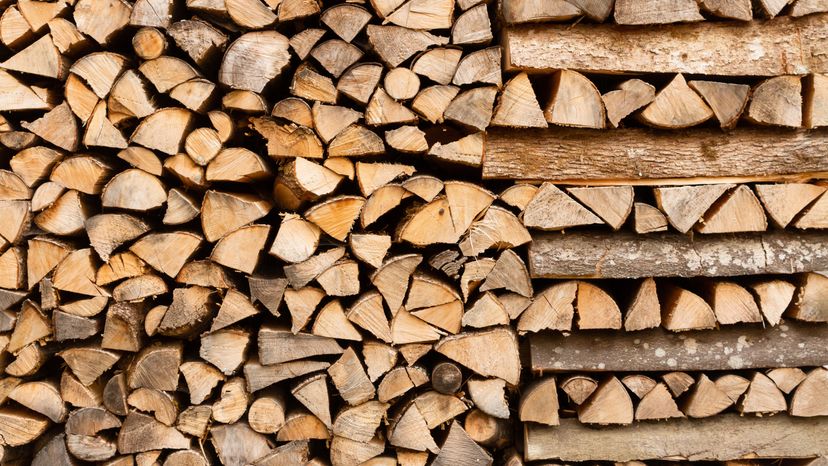There are several firewood stacking techniques, each with its benefits. From the efficient Norwegian stacking method to the space-saving German method, each method caters to different needs and amounts of available space. Let's take a deeper look at these methods:
The Norwegian Stacking Method
The Norwegian stacking method, also known as 'Holz Hausen', involves arranging split wood in a circular pattern. Start by forming a small circle with split logs and gradually build outwards and upwards in concentric layers. The center is filled with logs to provide support and to prevent the pile from collapsing inward. This method is particularly efficient for seasoning large amounts of wood in a compact space, as its round shape allows for excellent air flow and moisture evaporation.
The End Pillars Stacking Method
For the end pillar wood stack, begin by constructing two towers (pillars) using uniformly shaped logs, laid parallel to each other in alternating directions for each layer. Continue building up to around a dozen levels, ensuring the towers are even but several feet apart. Then, fill the space between the pillars with split firewood, with the cut ends facing the prevailing wind for quicker drying.
The American Stacking Method
The American stacking method is straightforward and widely used. It involves laying split wood in straight, horizontal rows. Each layer should be stacked opposite to the direction of the layer below, creating a crisscross pattern that adds stability. This method is suitable for beginners and is highly efficient for stacking wood in limited spaces, such as against a wall or in a wood shed.
The Amish Method
The Amish Stacking Method, also known as the Shaker method, is characterized by its unique round formation. In this method, logs are arranged so that they touch at one end and spiral outward, creating larger gaps at the opposite end.
The round shape of these woodpiles is not only visually pleasing but also functional. They offer superior stability and hold more firewood than traditional rectangular-shaped woodpiles. Additionally, the design of the Amish method helps to repel water and allows the wood to dry out faster.
The German Method
Also known as the 'Holzmiete' or beehive stacking method, the German method is excellent for small areas. Begin by forming a circular base layer of logs. Continue stacking the wood in a spiral pattern upwards, gradually tapering towards the top to create a beehive shape. This method not only saves space but also shelters the wood from rain while allowing air to circulate, aiding in the drying process.
